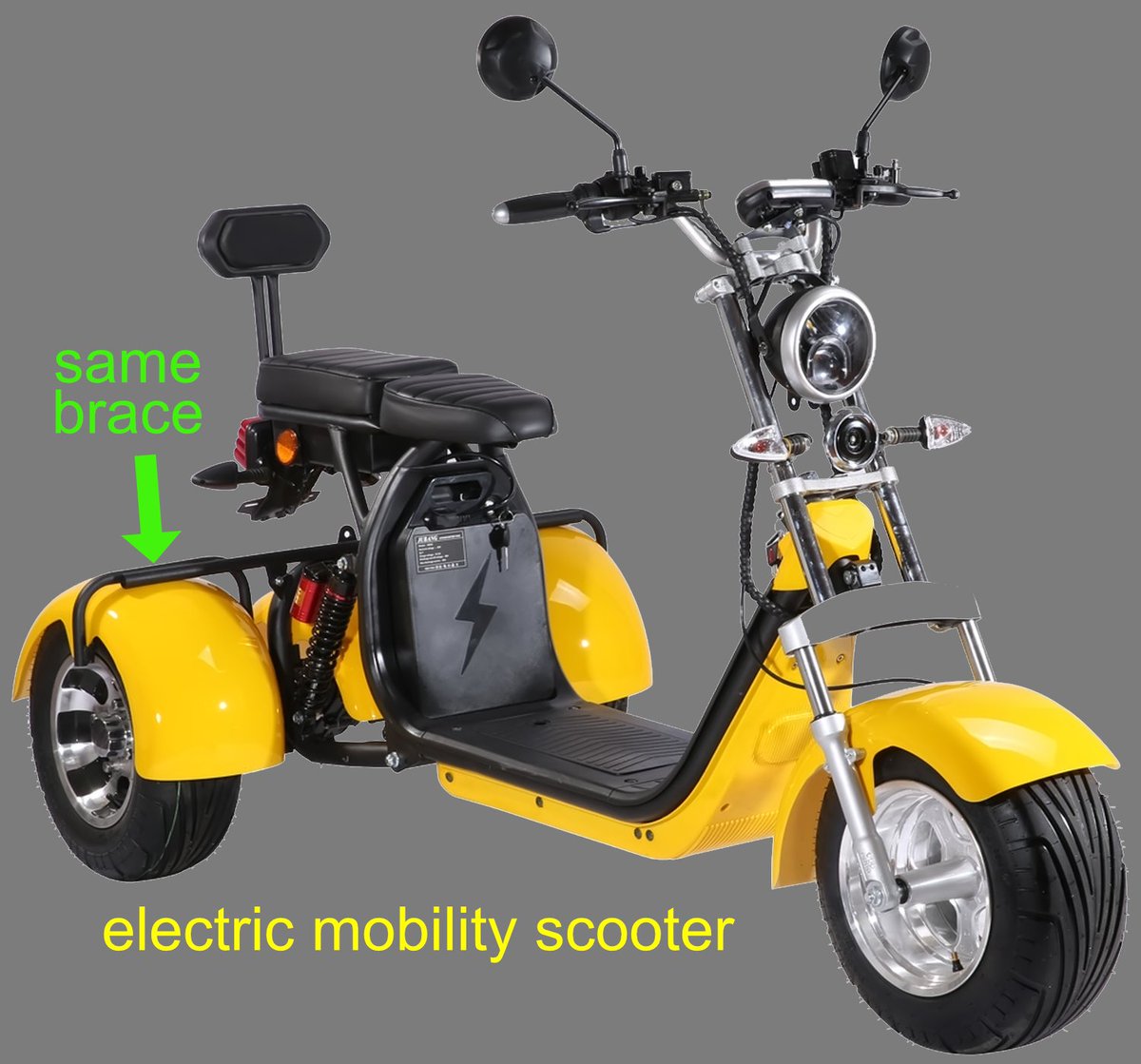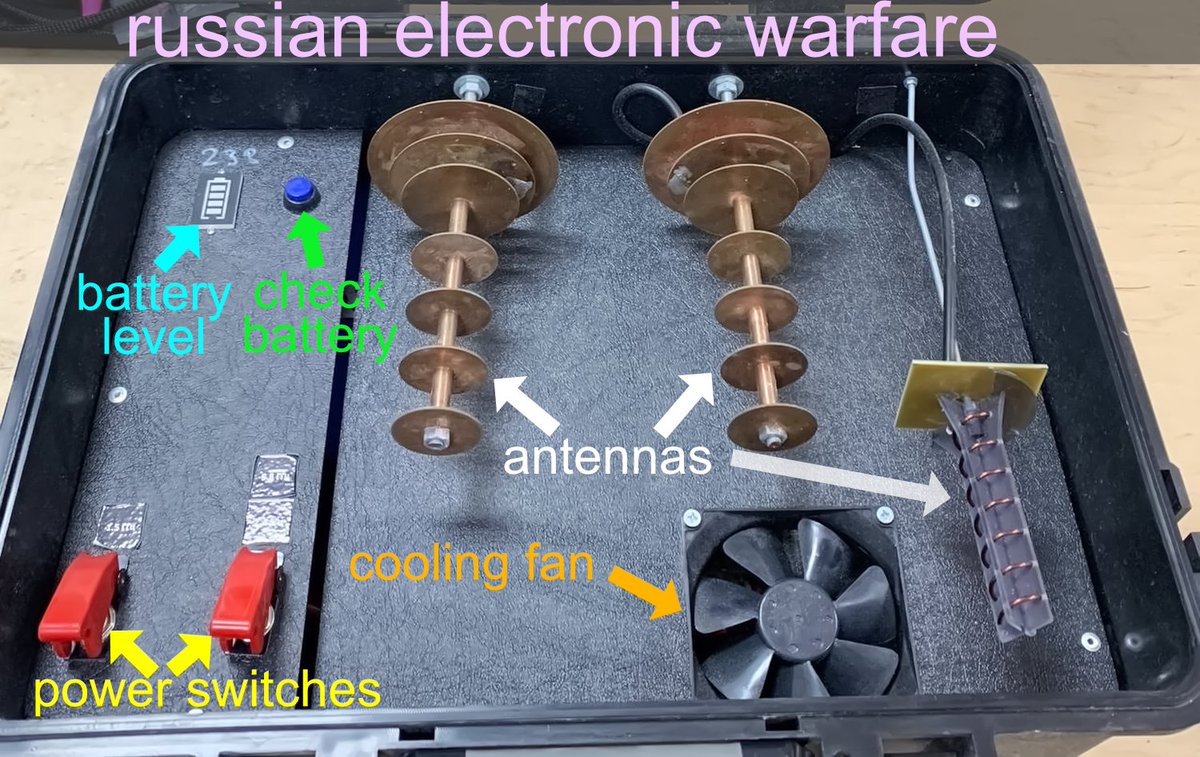1. A russian solder with a machine gun is riding a curious-looking vehicle. What is this? Is it a fancy russian military thing? 

2. Turns out the russian soldier is using an electric mobility scooter. These come in various configurations. The russian got lucky as his scooter has the optional golf-cart tires, which will be helpful in a war zone. 

3. These scooters are also available in high-visibility colours. Note that this yellow one has the same brace as the russian’s scooter. Top speed is about 45 km/h, which will amuse Ukrainian drone pilots. 

4. It appears that the second army of the world has sunk quite far. In February 2022, *all* of the experts predicted Ukraine would quickly fall. No one predicted russian soldiers would come to rely on donated equipment including (surprise!) a mobility scooter.
• • •
Missing some Tweet in this thread? You can try to
force a refresh






















